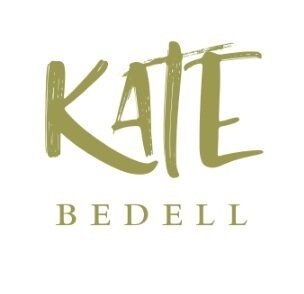I am not a scholar of Joyce. But from what I have read I can say that his genius is remarkable. When working on some pieces for an exhibition on Joycean-themed images I started to explore the writings of Joyce from a different viewpoint. I wondered what it must have been like to be in his head with so many overlapping ideas, words, and imagery. It seemed to me that Joyce wanted to encompass more than just mere words in his writing. His invented language for Finnegans Wake comes alive when it is read aloud and on hearing this, I started to “see” images in the sounds.
“Mememormee, Finnegans Wake”, is a painting that started with a portrait done from Joyce’s death mask. While working on it I became aware that I was entering another world. While I painted I heard repeatedly the words, in memorium, in memorium... The Word, Mememormee, which is taken from the last passage of Finnegans Wake where Annalivia Plurabelle is dying, suited the sounds that I was intuitively hearing, so this became part of the title of the painting.
While working abstractly I often reach a place in the painting where I have to ‘listen’ to the painting in order to know what happens next. It cannot be worked through as an intellectual process, rather it is an intuitive one. As I painted, night-time images and sounds of the sea entered my mind in waves and I stared to see an imaginary seascape at night of the view from the back of Joyce’s Tower, in Sandycove (Dun Laoghaire). However, the physical image of the Martello Tower is not present in the painting. (Howth appears in the background under the full moon which is another setting for Joyce’s work, “Ulysses”). I felt I didn’t need to paint the Tower, as Joyce’s craggy profile already embodied the spirit of it. The waves from the sea wash over his memory, crashing and lashing against the collaged words contained in Finnegans Wake.
As a visual artist, I felt the need to physically reunite the last and first sentences of the book and I did this by using a collage of the text. The painting also contains the actual hand-writing of Joyce’s wife, Nora Barnacle on whom he based many of his female characters.

